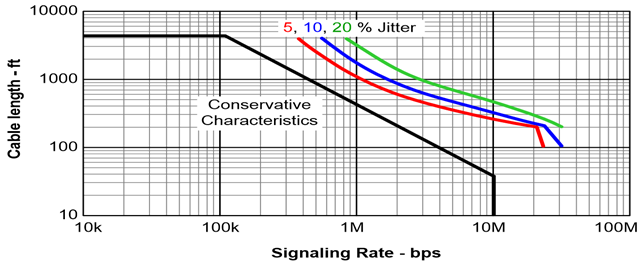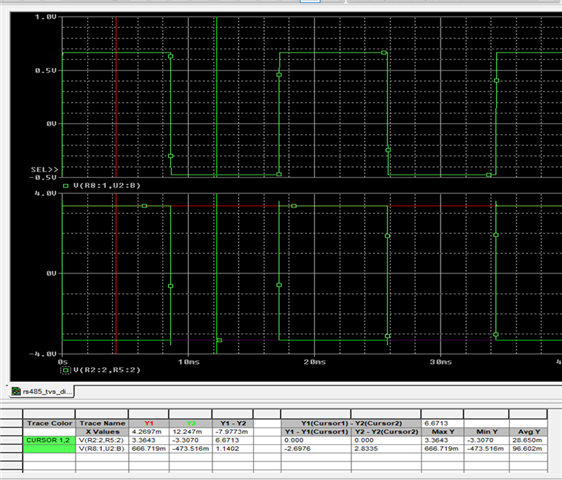We are working on testing RS485 communication on 4000ft cable with simulation. There are 2 ways to test RS485 communication.
1. Consider RLC parameter for 4000ft cable and do the simulation with 4000ft cable and 20 nodes.
2. Consider RLC less than 1/20th times Wavelength of the operating frequency, as per transmission line theory.
Which method do we need to take from above 2 methods. It is ok to use directly 4000ft cable for testing RS485??







